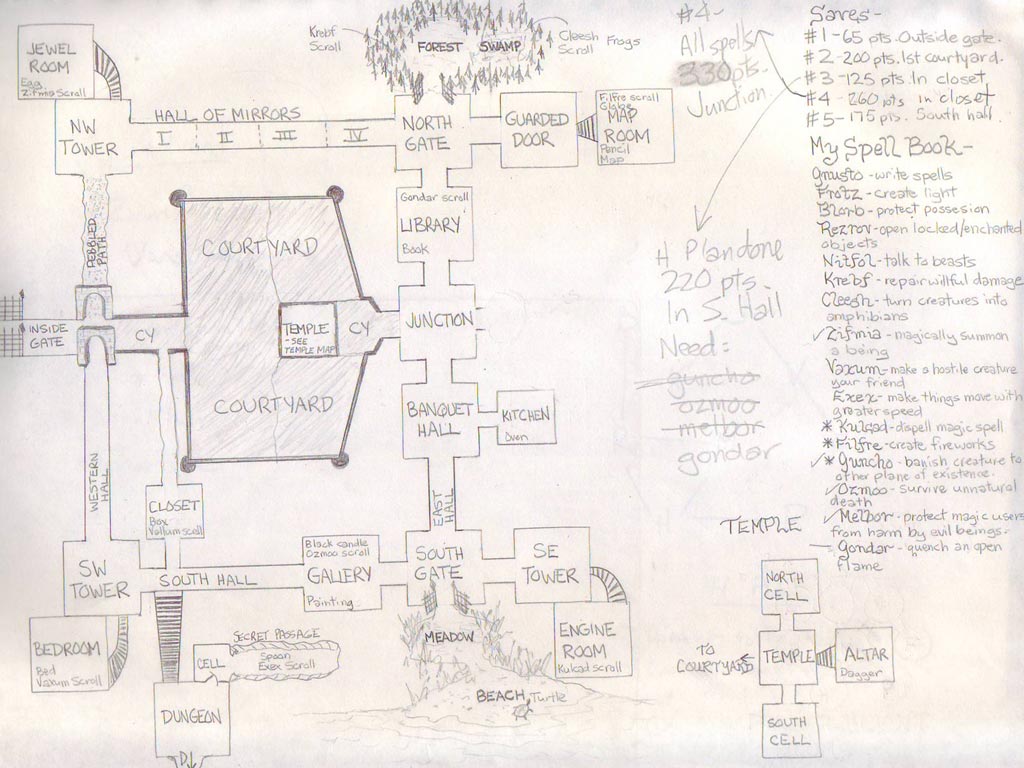I’m about to do something I’ve never done before: Defend Bing Maps. And Apple Maps.
Background
In 2017 the Royal Columbian Hospital, which I live next door to, began Phase 1 of a huge redevelopment project. This first phase was to replace an outdoor parking lot with a new Mental Health and Substance Use Wellness Centre. Or what they used to call insane asylums/funny farms, and drug addiction rehab.
Anyway, the building was completed in late 2019 and opened in early 2020.
In 2021, the next phase began, the construction of a new acute care tower that is monstrously huge compared to the existing tower. This is due to be complete in 2025, with the building exterior slated to be done by the end of 2023.
The maps compared
This is the Google Maps satellite view of the area.

As you can see, Google Maps:
- Still shows the parking lot that hasn’t existed since 2017 (lower right corner)
- Still shows the Sherbrooke Centre (upper left), electrical building and shipping/receiving area of RCH (centre top), which are now gone, the former being demolished more than a year ago.
And the Bing Maps view below.

Bing Maps:
- Correctly show the new Mental Health building (lower right)
- Correctly shows the Phase 2 acute tower construction underway (centre top)
- Correctly shows the temporary shipping/receiving building in the northwest corner (top left)
The only issue here is it’s a bit out of date, as the electrical and shipping/receiving buildings are still present and have since been demolished–though to be fair, the last of the old shipping/receiving building only came down in the last month.
Bonus round: Apple Maps

If you happen to have an Apple device, you can also use Apple Maps. The screenshot above is from the Mac version. It:
- Correctly show the new Mental Health building (lower right)
- Correctly shows the Phase 2 acute tower construction underway (centre top)
- Correctly shows the temporary shipping/receiving building in the northwest corner (top left)
- Bonus: Shows further progress in the construction, including only the corner remaining of the old shipping/receiving building, which was only demolished a month ago (March 2023)
Gallery showing all three maps views:



Conclusion:
For reasons unknown, Google considers New Westminster to be too piddly to warrant anything resembling an accurate satellite view, while Microsoft doesn’t. Now, Google does have a street view of the same area, and it is as recent as May 2022, so just under a year old. Microsoft only has the equivalent for parts of Vancouver, and nothing for New Westminster. Apples does have a street view equivalent of Google, but it appears to be older than Google’s.
Winners:
- Apple for most current satellite view
- Google for most current street view
Runner-up:
- Microsoft for having a reasonably current satellite view
Losers:
- Google for having a hideously old satellite view
- Microsoft for not having any street view
Overall, I’d have to give Apple the edge, as satellite view is the most important (IMO) and their street view a) exists and b) is reasonably up-to-date. If you don’t need a street view, Microsoft is a solid second place choice. Google needs to divert some of its ad billions to updating its imagery more than once per decade.





